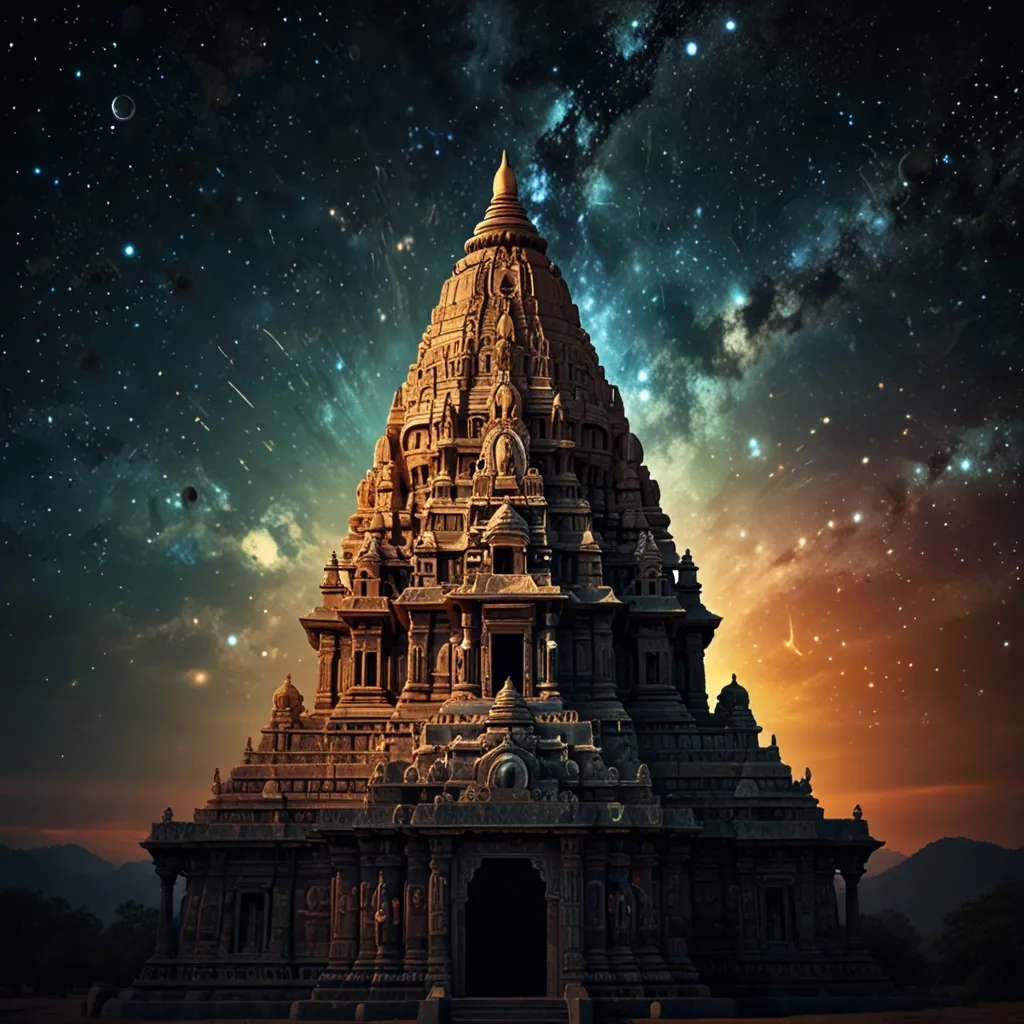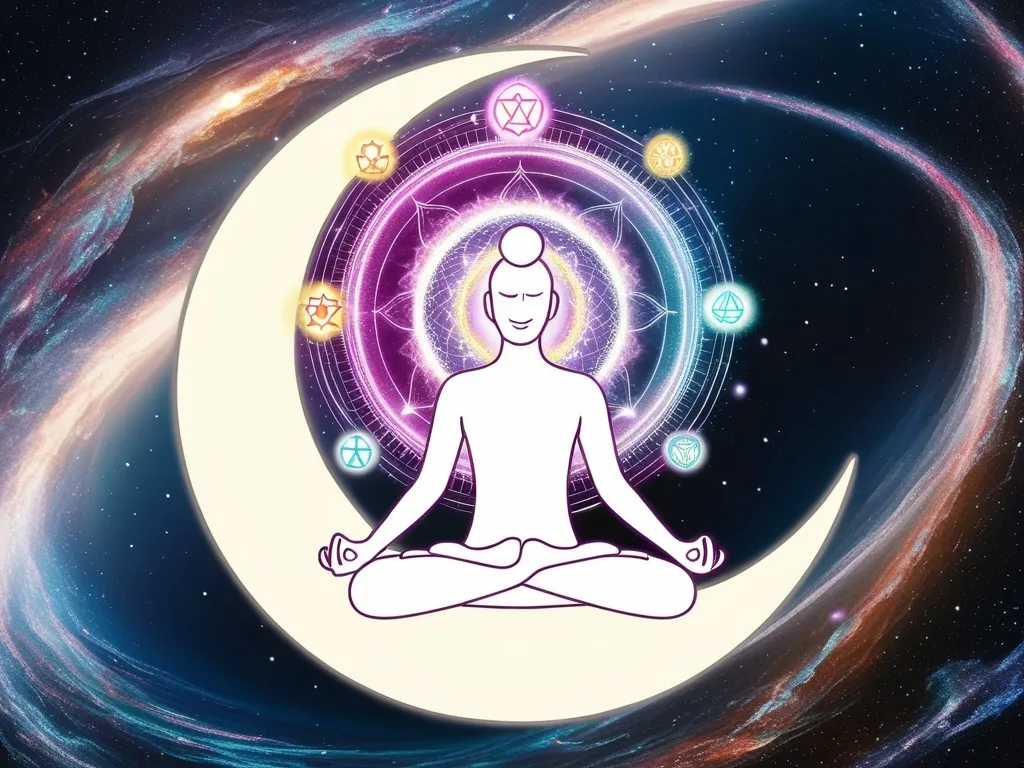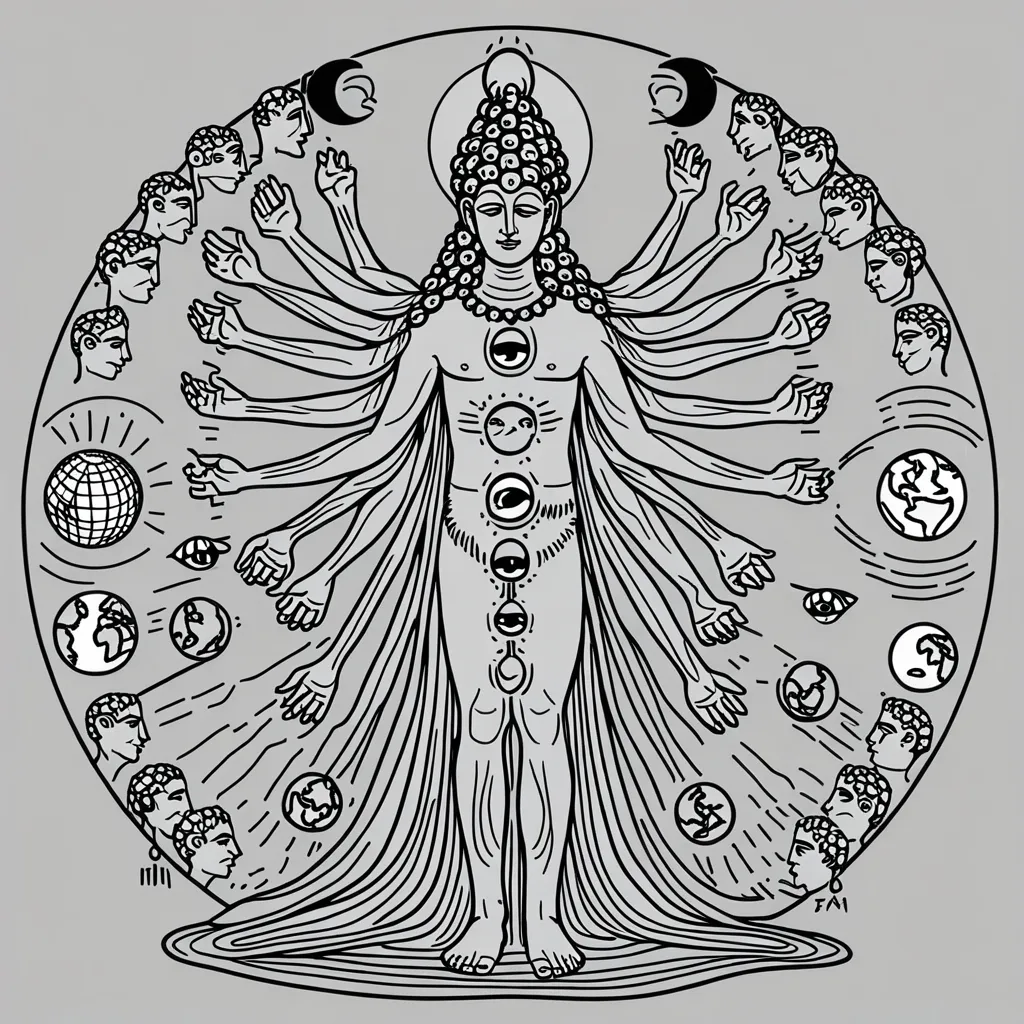Hindu temples, these awe-inspiring marvels, are way more than a spot to drop a prayer. They’re like the universe tucked into stone, showcasing how ancient Indians pretty much nailed astronomy and cosmology. The secret sauce? Vedic astronomy, which gave these temples their soul and structure.
Let’s dive into the cosmic blueprint. Each temple isn’t just a random building; it’s a mini-cosmos. This is all thanks to something called the Sthapatya Veda—like the big book of Indian architecture. Think of it as if they took a map of the stars and laid it right on the ground. This idea of mapping stars to stones has been something since the Harappan days, those guys had cities laid out in a grid that mirrored the heavens. Each direction, each line, symbolized the earth’s spot in the universe, syncing with how the sun cruises through the sky along the solstices and equinoxes.
Now, talk about stellar alignments! These temples are mind-blowing in how they harness the power of the stars. While many ancient civilizations did this, Indian temples have their own twist. Some temples have been built so perfectly that sunlight plays peek-a-boo with the innermost chamber, the garbhagrha, only on special days of the year. Additionally, certain temples veer off the standard east-west design to align with meaningful constellations, marking astrological events significant to the deity or the folks who built them.
Ever heard of the Agnicayana altar? It’s like the blueprint within the blueprint for Hindu temple construction. This altar, described in the Yajurveda, is Vedic rituals 101. Crafted with a thousand bricks piled into five tiers, it represents everything from the five physical elements to the five parts of the year. Each number used in its construction maps directly onto aspects of the universe, dividing it neatly into the earth, atmosphere, and the sky—adding up to 360, the magic number that symbolizes the days in a year.
Then there’s the Vastupurushamandala—essentially a celestial map that informs the very ground plan of these sacred places. Picture a divine checkerboard where the central squares symbolize the earth, and the periphery represents the heavens and the cardinal points. This cosmic grid forms the core of temple blueprints, tracing back to the impressive urban planning seen in places like Jaipur, where even the city layout echoes this divine symmetry.
Let’s take a trip to Cambodia, to Angkor Wat—a prime example of Vedic principles at play beyond India’s borders. This temple didn’t just aim for grandeur; it also doubled as an observatory. The sun, in all its rising and setting glory, aligns perfectly with specific temple gates during equinoxes and solstices. This wasn’t an accident; it’s a testament to the precise astronomical knowledge of an era long gone.
Beyond being mere bricks and mortar, Hindu temples narrate a cosmic story. Their structures correlate to celestial movements, and their towering spires symbolize various states of consciousness. Inside these hallowed walls, gods are placed to mirror cosmic beings, anchoring heaven on earth. Through these placements, temples visually and symbolically resonate with the universal concept of the Purusha, the cosmic being represented within their very architecture.
What’s fascinating is how temple design has morphed over centuries, evolving to encompass even more intricate planetary cycles and vast epochs known as yugas. This complex mosaic of time cycles is embodied in the numbers woven into their design, like the number 25,920—the earth’s precessional period. This captivating numerical dance mirrors everything from daily routines to the monumental cycles of eclipses, making each temple a cosmic timepiece.
Constructing these temples wasn’t just religious devotion in stone; it was a symphony of science, art, and spirituality. The ancient architects wielded geometry and fractals to encapsulate the supreme truth and cosmic order in their creations. The thought and craft that went into these temples speak volumes about the sophisticated blend of customs and scientific insight thriving in ancient times.
Digging into the practical aspects, these temples serve as timestamps from the past. By examining the lengths and perimeters aligned astronomically, historians can pinpoint the era when a temple was built. It’s like decoding a celestial signature, revealing the time and the astronomical lore understood back then.
Culturally, these temples have left an indelible mark. They are the epicenters where science, art, and culture coalesce, making them invaluable to India’s heritage. Their design, rituals, and community life reflect an unbroken chain of values celebrating science, artistry, and spirituality.
In essence, Hindu temples are more than places for prayer; they are cosmic microcosms highlighting the intricate tapestry of Vedic astronomy, art, and spirituality. Whether we’re looking at the ancient Agnicayana altars or the sophisticated temple layouts like Angkor Wat, these structures are rich tapestries intertwining the universal with the terrestrial. They are living monuments to the advanced understanding of the cosmos, attesting to the sophisticated knowledge and spiritual commitment of ancient India.






